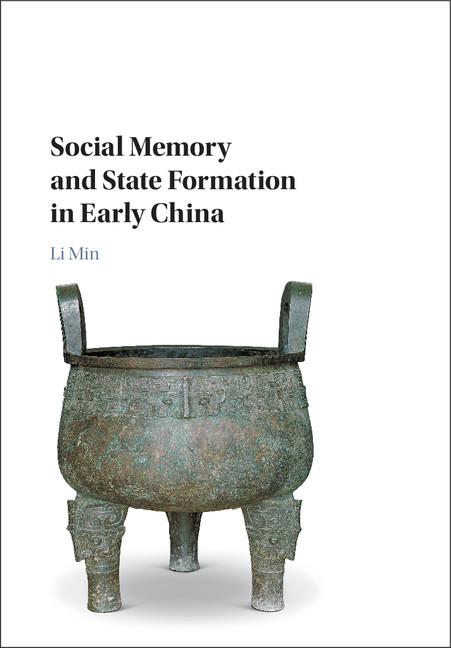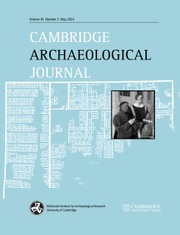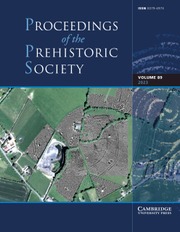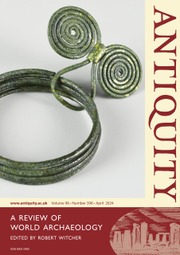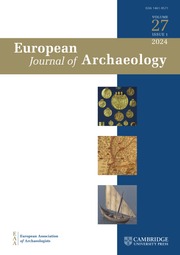The Origins of Agriculture in the Bronze Age Indus Civilization
The Indus civilization in South Asia (c. 320 – 1500BC) was one of the most important Old World Bronze Age cultures. Located at the cross-roads of Asia, in modern Pakistan and India, it encompassed ca. one million square kilometers, making it one the largest and most ecologically, culturally, socially, and economically complex among contemporary civilisations. In this study, Jennifer Bates offers new insights into the Indus civilisation through an archaeobotanical reconstruction of its environment. Exploring the relationship between people and plants, agricultural systems, and the foods that people consumed, she demonstrates how the choices made by the ancient inhabitants were intertwined with several aspects of society, as were their responses to social and climate changes. Bates' book synthesizes the available data on genetics, archaeobotany, and archaeology. It shows how the ancient Indus serves as a case study of a civilization navigating sustainability, resilience and collapse in the face of changing circumstances by adapting its agricultural practices.
- Introduces Indus archaeobotany to a global audience as a theorized and coherent field of study
- Outlines how different taxa were domesticated, arrived in and were used in the Indus
- Provides a unique and comprehensive overview of the state-of-the-field of Indus archaeobotany
Product details
March 2025Hardback
9781009424448
398 pages
260 × 182 × 26 mm
0.95kg
Available
Table of Contents
- 1. Introduction
- 2. The Paleoenvironmental context
- 3. Laying the groundwork
- 4. Southwest Asian crops and their significance
- 5. Big millets
- 6. Small Millets
- 7. Rice
- 8. Tropical pulses and the identification of local domestication processes
- 9. Microfossils and the multi-proxy approach
- 10. Beyond 'staples'
- 11. Crop processing and social organization
- 12. Cropping strategies and seasonality
- 13. Irrigation and intensification
- 14. Indus indentities and food
- 15. The 'Late Harappan Revolution'
- 16. The burnt remains.


